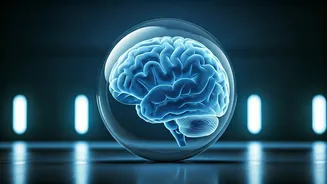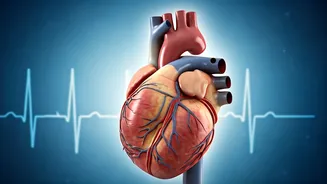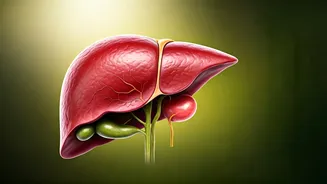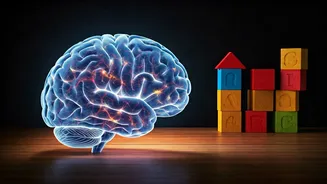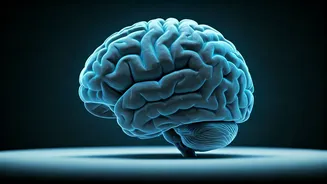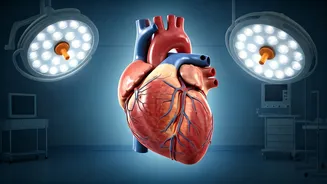What Is a Silent Stroke?
Silent strokes, also known as 'cerebral infarcts,' are instances where blood supply to a portion of the brain is disrupted, leading to tissue damage. Unlike
typical strokes which bring on immediate, noticeable symptoms like paralysis or speech difficulties, silent strokes often occur without any apparent warning signs. The person might remain completely unaware that they've experienced an event that could potentially affect their cognitive abilities in the long run. They are essentially 'silent' because they don't produce obvious, immediate symptoms, making them particularly dangerous due to their potential for cumulative brain damage. These strokes can result in subtle changes that are difficult to connect with a specific event. This stealthy nature highlights the significance of early detection and preventive action.
Dangers of Silent Strokes
Even though they might not cause obvious immediate symptoms, silent strokes are not harmless. Over time, repeated silent strokes can contribute to cognitive decline, leading to memory problems, difficulties with decision-making, and an increased risk of dementia. They can damage crucial regions of the brain responsible for various functions, including movement, speech, and sensory processing. The insidious nature of silent strokes is concerning, because the damage can build up gradually without the person realizing their brain is under attack. Moreover, silent strokes may increase the risk of experiencing a major stroke later in life. This makes it vital to understand the factors that can raise the likelihood of these silent events, and to take suitable action to protect brain health and well-being.
Risk Factors Explained
Several factors can increase the chances of having silent strokes. High blood pressure is a significant culprit, as it can damage blood vessels, making them prone to blockages. High cholesterol, which can cause the buildup of plaque in arteries, similarly increases stroke risk. Diabetes, especially when poorly managed, harms blood vessels over time, paving the way for silent strokes. Lifestyle choices also play a role; smoking and excessive alcohol consumption contribute to vessel damage. A family history of stroke or heart disease is another key factor, indicating a possible genetic predisposition to these events. Age is another consideration, with the risk of silent strokes rising as people get older. Understanding these risk factors is the first step toward preventive action.
Preventive Strategies You Can Use
Fortunately, there are several steps people can take to lower the risk of silent strokes. Maintaining a healthy lifestyle is crucial. This means eating a balanced diet rich in fruits, vegetables, and whole grains, whilst limiting processed foods, saturated fats, and sodium intake. Regular exercise helps maintain healthy blood pressure and cholesterol levels, boosting overall cardiovascular health. It is also important to avoid smoking and to moderate alcohol consumption, since both can damage blood vessels. People with hypertension, diabetes, or high cholesterol need to work closely with their healthcare providers to manage these conditions effectively, often through medication and lifestyle adjustments. Regular check-ups and monitoring of these health metrics are essential for early detection and intervention. Making proactive choices can make a significant difference in protecting brain health and reducing the chances of experiencing a silent stroke.
When to See a Doctor
Even though silent strokes often present without evident symptoms, there are subtle signs that might indicate their presence. People should consult a doctor if they experience sudden memory problems, difficulties with concentration, or changes in mood or behavior, such as increased irritability or depression. Any unexplained headaches, dizziness, or changes in vision, especially if they are new or worsening, should prompt a medical evaluation. Sometimes, symptoms are very vague and nonspecific, such as a general feeling of being 'off' or a decline in cognitive performance that is difficult to pinpoint. A healthcare professional can carry out tests, such as brain scans (MRI or CT scans), to assess the health of the brain and determine if silent strokes have occurred. Early medical intervention can help identify the condition, manage any underlying health issues, and put in place preventive strategies to minimize any further damage.
